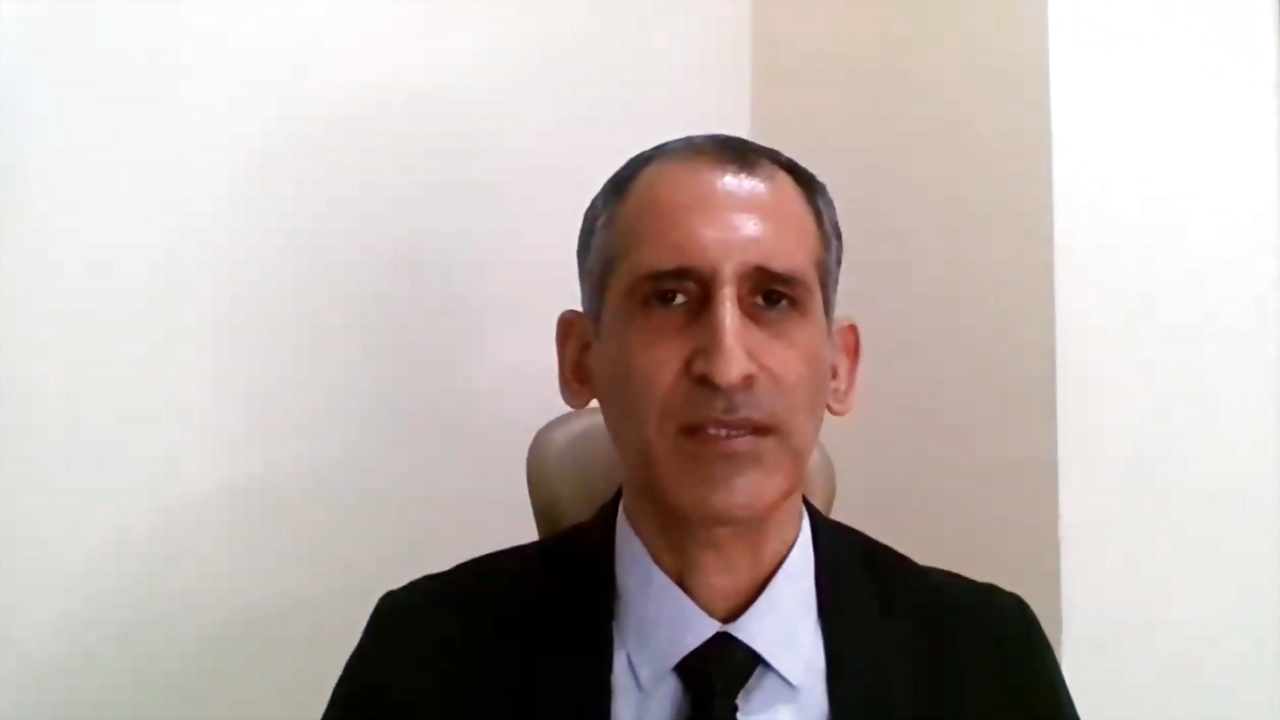
views
-Dr Sanjeev Kumar, Consultant, Surgical Oncology, Manipal Hospitals Dwarka
According to WHO’s latest World Cancer Report, one in 10 Indians will develop cancer during their lifetime and one in 15 will die of the disease. These are worrying numbers, and Manipal Hospitals, one of India’s foremost multi-specialty healthcare providers, see the human realities behind these numbers on a daily basis.
Considering that cancer survival rates go up significantly with early detection, Manipal Hospitals and Network18 have launched the Can Conquer Cancer initiative to raise awareness of the various types of Cancers that afflict Indians. Through a series of interviews with prominent oncologists, Network18 and Manipal Hospitals are hoping to further the understanding of Cancer and it’s many implications to a wider audience.
Network18 spoke to Dr Anusheel Munshi, Head, Radiation Oncology, Manipal Hospitals Dwarka in New Delhi and Dr Sanjeev Kumar, Consultant, Surgical Oncology, also from Manipal Hospitals Dwarka, about the rising numbers of certain types of cancer in India.
Why Are We Seeing More Of Certain Types Of Cancers?
According To Dr Munshi, as westernisation is increasing, and our lifestyles are changing to reflect it, our rates of certain lifestyle related cancers are also going up. In Indian women, breast and cervical cancers are keeping pace with urbanisation.
We’re also seeing an increased incidence of certain cancers in particular geographies: thyroid cancers in southern India, nasopharyngeal and head and neck cancers in the north eastern states, breast cancers in Delhi and surrounding areas.
Are There Certain Symptoms That We Can Pay Attention To?
According to Dr Kumar, any symptoms that are abnormal and consistent must be taken seriously and warrant a visit to your doctor. After all, timing is everything in cancer treatment. He gives an example of Pseudomyxoma Peritonei, a rare type of abdominal cancer that affects Indians. The symptoms of Pseudomyxoma Peritonei are bloating, indigestion, and a distension of the abdomen – most of us wouldn’t connect a little belly bloat with cancer, which is why Manipal Hospitals recommend regular cancer screenings.
Dr Kumar mentions that by the time he sees a patient with Pseudomyxoma Peritonei, it is a hard to cure, stage IV cancer. However, recent developments in treatments have improved outcomes dramatically – from near incurable to a 70-80% survival rate over 3 years. This is made possible by a two-step treatment called Cytoreductive surgery (CRS) and Hyperthermic Intraperitoneal Chemotherapy (HIPEC) surgery, which goes after the macro (visible) disease through surgery and then the micro (invisible to the unaided eye) disease via targeted chemotherapy through HIPEC.

Is Surgery The Only Way?
Not according to Manipal Hospitals’ multidisciplinary approach that customises the approach for each patient: radiation, chemotherapy, surgery, as well as path breaking treatments like HIPEC, PIPAC and Immunotherapy.
Dr Munshi talks about how nearly 60-70% of all cancer patients undergo radiation at some point or other in their treatment. There are several radiation techniques available today, and each has its benefits. However, the aim of all these techniques is the same: to increase the accuracy with which we hit the tumour and decrease the dose to the adjacent tissues and thus reduce the side effects.
Understanding one’s treatment options is a must, especially when it comes to high risk diseases like cancer. With advancements in technology, the cancer treatment landscape changes constantly, and for the most part, for the better. Visit the CanConquerCancer campaign website for more insight.
This article has been written by Studio 18 on behalf of Manipal Hospitals.
Read all the Latest News and Breaking News here














Comments
0 comment